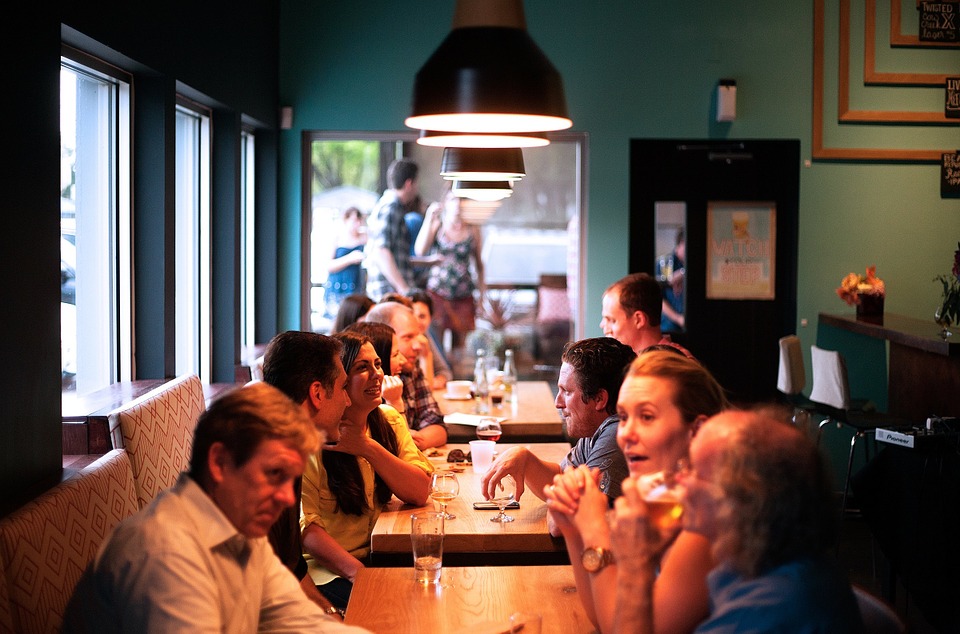Recently, a couple of friends and I got together to make dinner. We set the table, drank some wine, and wondered why we don’t do this more often. Like so many others, we get caught up in our daily routines and end up cooking and eating by ourselves. I think about the role and importance of community in general. As social animals, we crave connection, conversation and closeness with others. Eating together is no exception.
Studies show that kids who eat at the dinner table with their families do better in school and feel generally happier. Family dinners were taken seriously during my childhood; the TV was always turned off, phone calls went unanswered. This was a sacred time when we talked about our days and shared our thoughts and feelings. I am thankful for that time and think it created a sense of bonding and security that little else can provide.
An article in The Atlantic posed the question, “How…do we eat better, not just from a nutritional perspective, but a psychological one as well?” I love this inquiry, and there is much science to help us reach some conclusions about the answer. According to one study, children who did not eat dinner with their parents at least two times a week were 40 percent more likely to be overweight compared to their peers who did share meals with their parents. And a study performed by the National Center on Addiction and Substance Abuse at Columbia University found that children who eat dinner with their parents five days a week or more report having less experiences with substances like drugs and alcohol, do better in school and feel closer with their parents than those who share meals less often. It helps parents and kids develop stronger emotional and mental health, and relieves stress.
A few stats:
Frequent family dining is associated with lower rates of teen smoking, drinking, illegal drug use and prescription drug abuse. Compared to teens who eat dinner frequently with their families (five or more family dinners per week), those who have infrequent family dinners (fewer than three per week) are:
• three and a half times likelier to have abused prescription drugs
• three and a half times likelier to have used an illegal drug other than marijuana or prescription drugs
• three times likelier to have used marijuana
• more than two and a half times likelier to have used tobacco
• one and a half times likelier to have used alcohol.
84% of teens surveyed said they prefer to eat dinner with their families
Shared mealtimes also helps buffer children against unhealthy eating behaviors. They are less prone to disordered eating, more inclined to eat healthier foods and less likely to be overweight when family meals are the norm.
I remember feeling blissfully happy when I went to a community getaway retreat outside of Atlanta one weekend. The guests were tucked away in the woods and cooked together, ate communally, and learned about each other in a way that felt leisurely and natural. It gave me so much energy and buoyancy. Not to mention, when everyone pitches in to cook the meal, it cuts down on the time you need to spend hovering over the stove or chopping vegetables.
All stats, percentages and hard facts aside, life is just more fun when it’s shared with others. When I was preparing the sauce while one friend was chopping vegetables and the other was cutting up the chicken, we were catching up on our lives, swapping stories, laughing and shaking our heads in understanding. As cliche as it sounds, these simple pleasures are the moments that really make up our lives and feed our spirits and our souls. The food is an added benefit. Maybe we will start eating together more often, after all.
What’s your favorite memory of a shared meal with someone you love?
Sources: The Importance of Family Dinners IV by The National Center on Addiction and Substance Abuse at Columbia University
Hammons, A.J. and Fiese, B.H. 2011. Is Frequency of Shared Family Meals Related to the Nutritional Health of Children and Adolescents? PediatricsVolume 127, Issue 6



